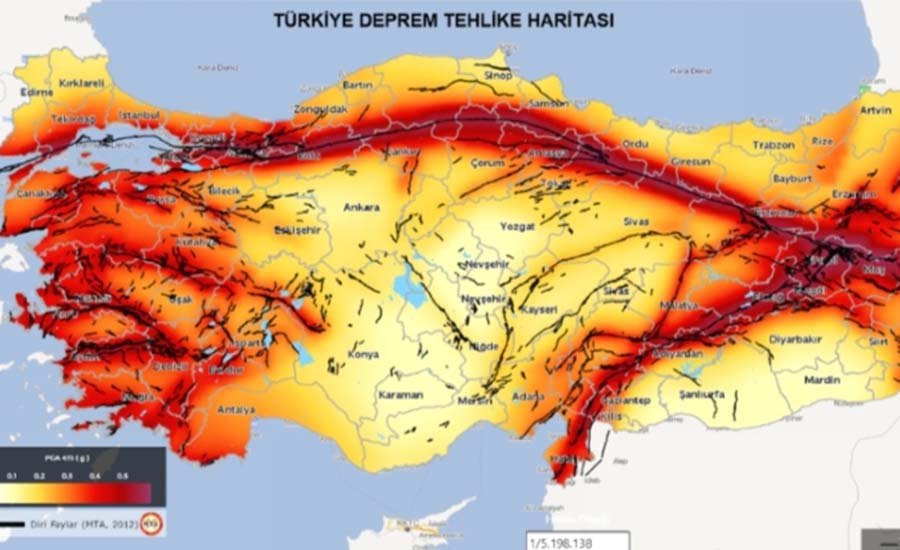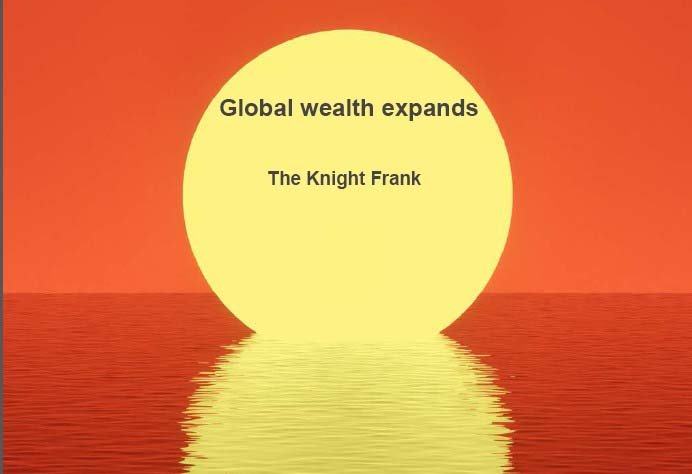читайте также
 Hotels in Vietnam: weak service and climate risks
Hotels in Vietnam: weak service and climate risks
 New housing rental rules in Greece
New housing rental rules in Greece
 Turkey at the Epicenter of Seismic Risk: 100 Earthquakes a Day
Turkey at the Epicenter of Seismic Risk: 100 Earthquakes a Day
 Global Wealth Map: The U.S. Maintains Leadership, Asia Strengthens Its Position
Global Wealth Map: The U.S. Maintains Leadership, Asia Strengthens Its Position
 Money Transfers to Georgia Increase: USA, Italy and Russia Lead
Money Transfers to Georgia Increase: USA, Italy and Russia Lead
 Londoners no longer want to buy property outside the city
Londoners no longer want to buy property outside the city
Czech Inflation in 2025: Central Bank Halts Rate Cuts Amid Persistent Risks

In 2025, the Czech Republic faces a dual challenge: while headline inflation is gradually slowing, core inflation remains elevated — especially in the services sector. At the same time, the economy is weakening due to low external demand and limited fiscal maneuvering. The Czech National Bank (ČNB) is maintaining a cautious monetary stance, navigating between the risks of overheating and stagnation. Structural budgetary issues have also become a key factor in interest rate decisions.
According to the Czech Statistical Office, annual consumer inflation reached 2.7% in March 2025, slightly above both the median analyst forecast and the ČNB’s own projection of 2.6%, Bloomberg reports.
Services Inflation a Key Concern
Despite easing headline inflation, core inflation remains stubbornly high, especially in non-food and non-energy components. ČNB Governor Aleš Michl emphasized that the inflationary impulse is largely structural and services-driven:
"The disinflation process in key components of the consumer basket, especially in services, is far from over."
ČNB Keeps Rates on Hold
At its March 26, 2025 meeting, the ČNB board unanimously voted to hold the key interest rate at 3.75%. This marked the second pause in three months, despite declining activity in Germany and sluggish export demand.
Governor Michl said the bank remains open to both rate hikes and cuts, depending on inflation dynamics and fiscal consolidation efforts.
“The greatest inflationary risk is not trade wars — it’s the state budget deficit,” he stated, warning against unchecked spending on defense, healthcare, and infrastructure.
Fiscal Policy Still a Threat
Fiscal discipline remains a key challenge. Despite austerity measures, the government of Prime Minister Petr Fiala has struggled to meet its deficit targets due to elevated public spending.
According to the European Commission, the Czech budget deficit is projected at 2.3% of GDP in 2025, and 1.9% in 2026. Michl has called for deeper consolidation:
“We’re not in crisis. We need a balanced budget — that’s the best way to fight inflation.”
Mixed Sector Performance & External Risks
Export-oriented industries — especially automotive manufacturing — continue to suffer from weak German demand. Conversely, growth in IT and transport has been more resilient but modest.
Inflationary risks include:
Trade tensions
Rising defense budgets in Europe
Potential housing market rebound (which could drive up construction and mortgage costs)
Disinflationary forces:
Falling energy prices
Weak global demand
Inflation Outlook
The European Commission projects:
Headline HICP inflation to fall to 2.4% in 2025 and 2.0% in 2026
Services inflation to be the fastest-rising component: 4.8% in 2025, 3.6% in 2026
Core inflation (excl. food, energy, alcohol, tobacco) at 3.0%
Wage growth to outpace GDP, expanding the tax base but increasing price pressure
The government’s fiscal stance is expected to tighten modestly in 2026, while the debt-to-GDP ratio remains below the EU average.
What’s Next?
The next ČNB board meeting is scheduled for May 7, 2025 (ČNB calendar). While market analysts expect a potential 25 bps rate cut, the central bank’s tone remains hawkish. A rate move will depend on the evolution of services inflation, fiscal discipline, and wage growth.





